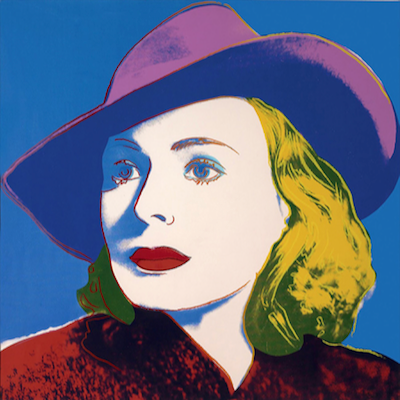
Details
Artist
Styles
Screenprint on wove paper - Signed, numbered, and dated in pencil along right edge; printer's chop mark, lower left - Printed by Durham Press, Durham - LITERATURE: Littmann, p. 177 // Keith Haring's Untitled (Plate 5) from The Blueprint Drawings (1990) is a screen-print that exemplifies his iconic style, characterized by bold, black lines and simplified human forms. This limited edition piece, part of a series produced in collaboration with Durham Press, features a sequence of six comic-like panels depicting various abstract and suggestive scenes. The figures, drawn in Haring's signature style, are engaged in ambiguous activities, some of which hint at social or political undertones. The arrangement of the panels creates a narrative rhythm, encouraging viewers to interpret the unfolding scenes. The stark contrast of black ink on white paper amplifies the visual impact, a hallmark of Haring’s expressive and direct approach. Signed, numbered, and dated in pencil along the edge, this work reflects Haring's commitment to social commentary through accessible and engaging visual art.
Untitled (Plate 5) from The Blueprint Drawings, 1990
form
Medium
Size
108 x 137.2 cm
- Inches
- Centimeters
Edition
Price
Details
Artist
Styles
Screenprint on wove paper - Signed, numbered, and dated in pencil along right edge; printer's chop mark, lower left - Printed by Durham Press, Durham - LITERATURE: Littmann, p. 177 // Keith Haring's Untitled (Plate 5) from The Blueprint Drawings (1990) is a screen-print that exemplifies his iconic style, characterized by bold, black lines and simplified human forms. This limited edition piece, part of a series produced in collaboration with Durham Press, features a sequence of six comic-like panels depicting various abstract and suggestive scenes. The figures, drawn in Haring's signature style, are engaged in ambiguous activities, some of which hint at social or political undertones. The arrangement of the panels creates a narrative rhythm, encouraging viewers to interpret the unfolding scenes. The stark contrast of black ink on white paper amplifies the visual impact, a hallmark of Haring’s expressive and direct approach. Signed, numbered, and dated in pencil along the edge, this work reflects Haring's commitment to social commentary through accessible and engaging visual art.
- Recently Added
- Price (low-high )
- Price (high-low )
- Year (low-high )
- Year (high-low )
Keith Haring
Untitled (Plate 16) From The Blueprint Drawings, 1990
Limited Edition Print
Screen-print
USD 35,000 - 45,000
Keith Haring
Untitled (Plate 17) From The Blueprint Drawings, 1990
Limited Edition Print
Screen-print
USD 35,000 - 45,000
Keith Haring
Three Lithographs: One Plate, 1985
Limited Edition Print
Lithograph
USD 30,000 - 40,000
Keith Haring
New Year's Invitation '88 (Nude) (TP), 1988
Limited Edition Print
Screen-print
Inquire For Price
Keith Haring
White Icons (C) - Winged Angel, 1990
Limited Edition Print
Embossing
USD 15,000 - 20,000
Keith Haring
Plate 7 (from The Story Of Red + Blue), 1989
Limited Edition Print
Screen-print
Inquire For Price
Keith Haring
Untitled 1 (from Free South Africa), 1985
Limited Edition Print
Lithograph
Inquire For Price
Keith Haring
Untitled (Free South Africa), 1985
Limited Edition Print
Lithograph
USD 90,000 - 100,000
Keith Haring
White Icons (A) - Radiant Baby, 1990
Limited Edition Print
Embossing
USD 20,000 - 25,000
Keith Haring
Poster For Nuclear Disarmament, 1982
Limited Edition Print
Offset Print
USD 11,000 - 13,000
Keith Haring
Untitled - Scissors (from Pop Shop III), 1989
Limited Edition Print
Screen-print
Currently Not Available
What is pop-art?
Pop Art is an art movement that began in Britain in 1955 and in the late 1950s in the U.S. It challenged traditional fine arts by incorporating imagery from popular culture, such as news, advertising, and comic books. Pop Art often isolates and recontextualizes materials, combining them with unrelated elements. The movement is more about the attitudes and ideas that inspired it than the specific art itself. Pop Art is seen as a reaction against the dominant ideas of Abstract Expressionism, bringing everyday consumer culture into the realm of fine art.









































































